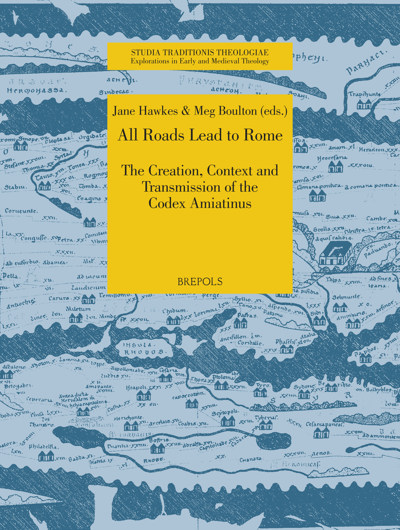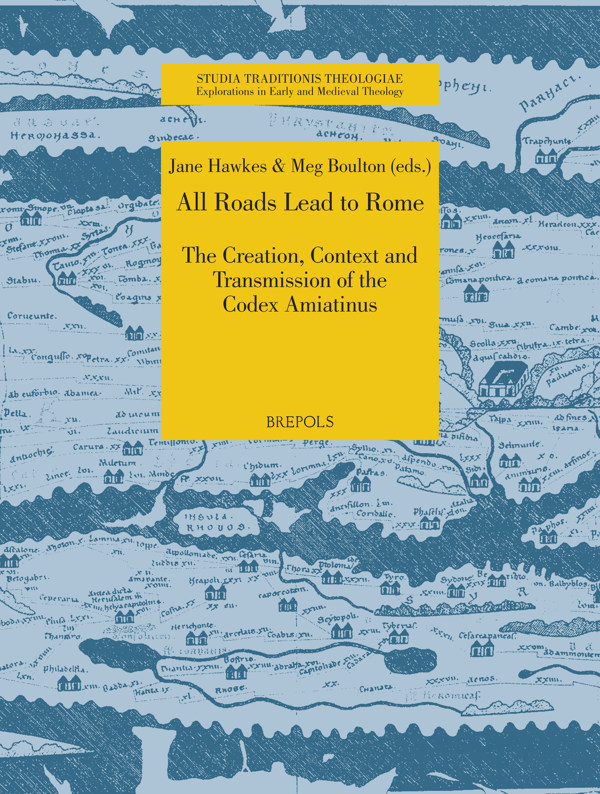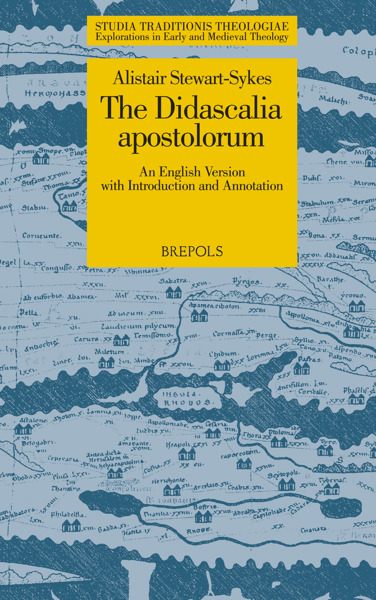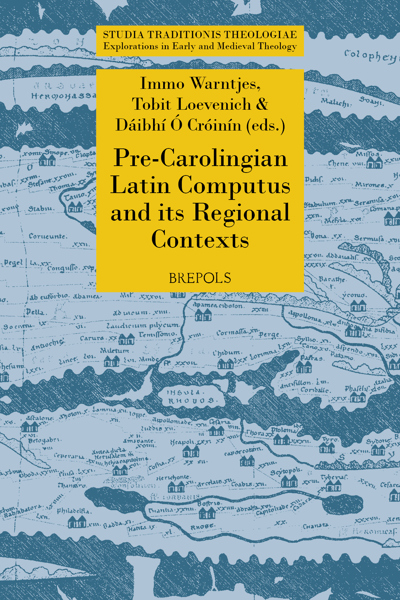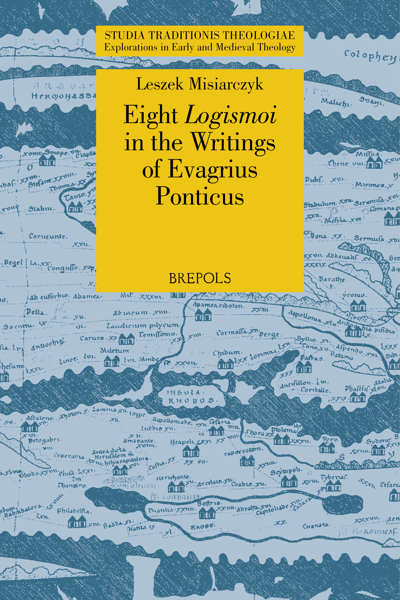
All Roads Lead to Rome. The Creation, Context & Transmission of the Codex Amiatinus
Jane Hawkes, Meg Boulton (eds)
- Pages: xx + 200 p.
- Size:216 x 280 mm
- Illustrations:25 b/w, 30 col., 7 tables b/w.
- Language(s):English
- Publication Year:2019
- € 85,00 EXCL. VAT RETAIL PRICE
- ISBN: 978-2-503-58142-2
- Hardback
- Available
This collection of essays reassesses the varying contexts of the Codex Amiatinus, perhaps the most famous copy of the Bible surviving in Western Europe.
“The essays in this volume each make important contributions to the study of Codex Amiatinus, challenging arguments about its date of production, and uncovering yet more layers of meaning within its text and illustrative programme. The availability of a free-to-view digital facsimile will undoubtedly encourage further engagement with this remarkable manuscript which holds such an important place in the intellectual history of post-Roman Europe.” (Jessica Hodgkinon, in Nottingham Medieval Studies, 66, 2022, p. 198)
Jane Hawkes is a professor of Medieval Art History based in the Department of History of Art and the Centre for Medieval Studies at the University of York. Meg Boulton is a research affiliate in the Department of History of Art at the University of York.
The Codex Amiatinus is perhaps the most famous copy of the Bible surviving in Western Europe. A fascinating and elusive manuscript, with a suite of decorated folios, it was made in Anglo-Saxon England around the turn of the eighth century at the twin monastic foundation of Wearmouth and Jarrow as one of three such ‘pandects’. Created at the monastic foundation celebrated in the work of the Venerable Bede, this vast and luxe manuscript was sent by the Northumbrian monks as a gift to the Pope in 716 and, after a sojourn of some 900 years at Monte Amiato (Tuscany), it was donated to the Biblioteca Medicea Laurenziana in Florence in the eighteenth century.
As a result of an international conference held to commemorate the 1300th anniversary of the departure of the manuscript from Northumberland and coinciding with the production and presentation of a facsimile of the Codex to the Museum at Jarrow, this volume – the first devoted to the Codex Amiatinus – brings together twelve essays that offer a new appraisal of this remarkable book, and of the contexts that surrounded its production. Encompassing its text, its images, its social, political and ecclesiastical contexts and its later medieval legacy, the contributions to this volume highlight several previously unrecognised aspects and details of the manuscript that further our understanding of the Codex as a book, and as inheritor and progenitor of manuscript traditions in its own right.
Dedication
List of Plates
List of Figures
Acknowledgements
Image Credits
Abbreviations
List of Contributors
Chapters:
1. Jane Hawkes: An early encounter with the Codex Amiatinus: George Forrest Browne and the art of the manuscript
2. Celia Chazelle: The illustrations of the Codex Amiatinus and of Cosmas Indicopleustes’ Christian Topography
3. N.G. Baker: Putting your best foot forward: reviewing the evangelist portraits in the Codex Amiatinus
4. Meg Boulton: From cover to cover: (re)presentations of ecclesia and eschatology in the miniatures of the Codex Amiatinus
5. Georgia Michael: Portraits of the divine: reception, visual convention and ingenuity in the Codex Amiatinus
6. Carol Farr: The graphic presentation of inscriptions: the first quire of the Codex Amiatinus’ diagrams and Ezra picture
7. H.A.G. Houghton: The text of the gospels in the Codex Amiatinus
8. Thomas O’Loughlin: ‘Who, O Lord, shall live in your tabernacle?’: the map of the tabernacle within the life of the monasteries of Wearmouth and Jarrow
9. Conor O’Brien: Moses, Aaron and the abbacy of Wearmouth-Jarrow in 716
10. Alan Thacker: Pope Sergius’ letter to Abbot Ceolfrith: Wearmouth-Jarrow, Rome and the papacy in the early eighth century
11. Mary Garrison: Alcuin, Carmen 69, and the Ceolfrith Pandects
12. Lila Yawn: The Italian Giant Bibles and the Codex Amiatinus
Bibliography
Index
